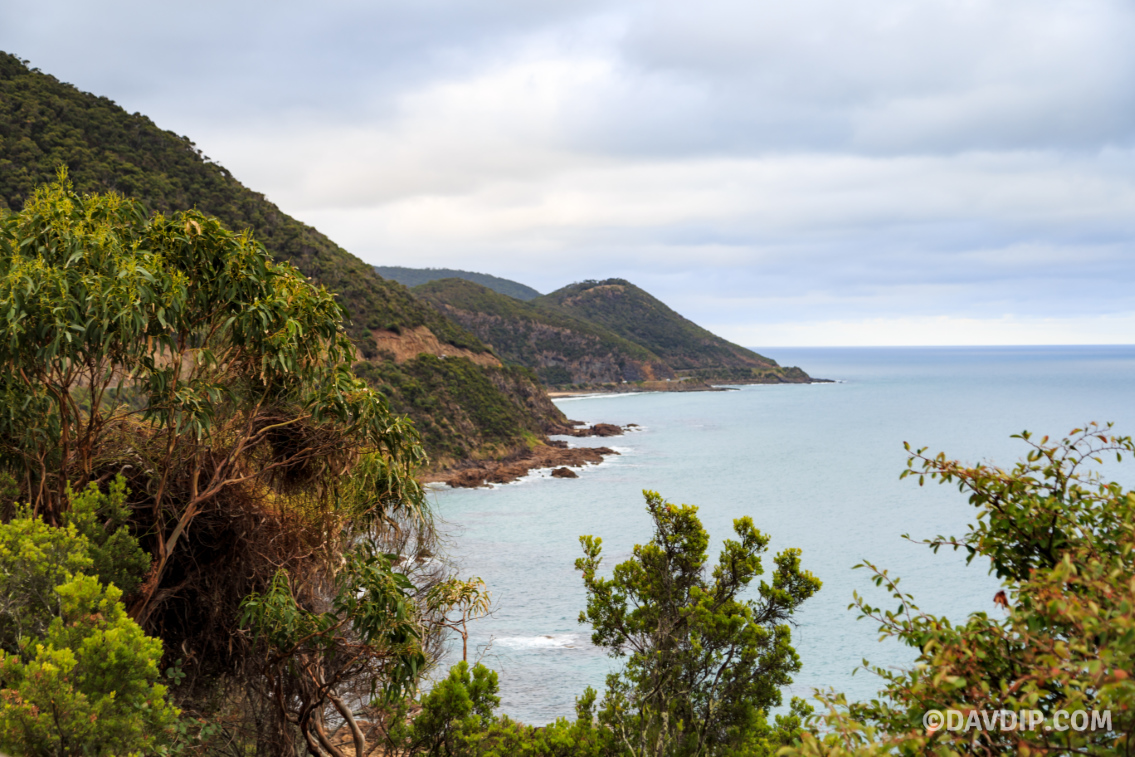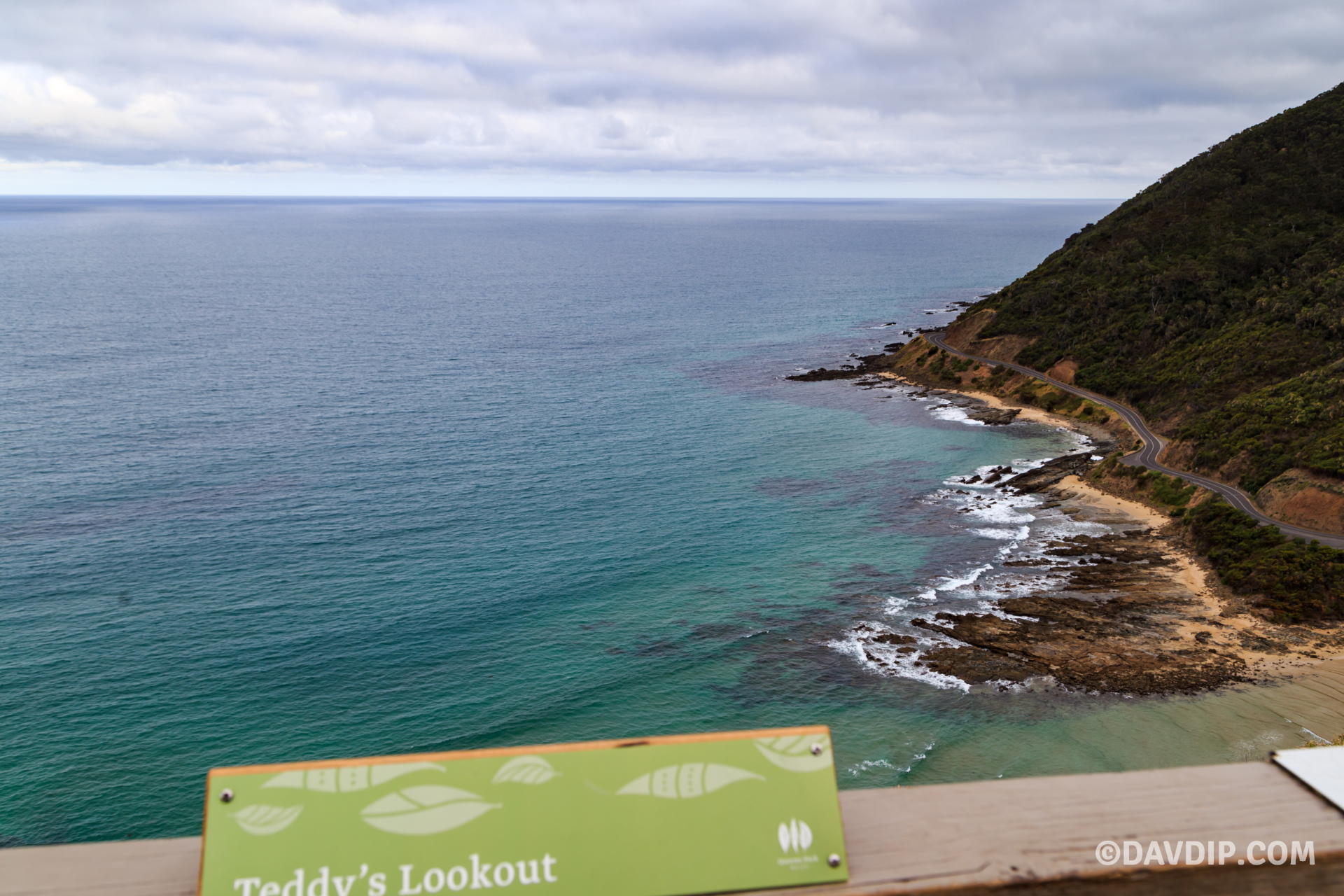Great Ocean Road
April 2018The Great Ocean Road (B100) is Australia’s answer to US’s PCH or Canada’s Icefields Parkway. While I have not driven along the Icefields Parkway yet (June can’t come fast enough!!), I have driven along the PCH several times, and in my opinion the Great Ocean Road more than matches up to it.
If you have all the time in the world, then you can spend all the time you need along the roughly 350-km stretch, admiring the sheer limestone cliffs and world-class surfing breaks, driving through pockets of rainforest with kangaroos and koala-filled tree canopies, and relaxing in calm seaside towns. However, if you are like me, and pressed for time, then I have a couple of suggestions that might help you make the most of you time.
We arrived at Melbourne’s Victoria airport around mid-morning and picked a rental to do this drive. (If you can plan to arrive at the Avalon airport and start your trip from there, it will save you about 60 minutes). Our plan was to complete the drive and get back to Melbourne by evening, the next day. Considering we only had about 1.5 days, we could not drive the entire length, however we did drive along almost 90% of this road and covered all the highlights that this great road has to offer.
By the time we started from Melbourne, it was almost mid-day. For the first day, our plan was to cover all the sights and get to our hotel in Port Campbell – our final stop by dusk. (We did this trip in mid-April, so sunset was around 6:15 pm). For the second day, we planned to spend most of the morning in Port Campbell National Park, before returning to Melbourne. We stuck to the plan perfectly and reached Melbourne CBD around 5 pm the next day, having completed a 550 km roundtrip.


Our stops for the first day included the following:
Bells Beach – Bells Beach is one of Australia’s most famous and best surfing beaches. Bells Beach holds the annual Rip Curl Pro Surfing Competition and is the powerful point break of folklore. There’s an impressive cliff-face and views from the cliff-top car park are spectacular and great spot to watch any local surfers.
Lorne – Lorne is a picturesque town situated Great Ocean Road coast. It has a certain charm with great cafes, unique shops boutiques, galleries and Otway National Park is on your doorstep. Enjoy a walk on the beach, a bike ride along the foreshore out to the pier, have a coffee at Lorne Beach Pavilion and try a burger from The Bottle of Milk! (option to have lunch here)
Teddys Lookout – A short drive up the hill behind Lorne is Teddys Lookout. Drive up to the picnic area at the end of George Street and walk a short distance to enjoy the spectacular views of the Great Ocean Road from the lookout.
The Lorne to Apollo Bay Drive – Probably the best stretch of road on the Great Ocean Road tour is from Lorne to Apollo Bay. Be prepared to stop for photos a lot. This stretch of road has some of the most picturesque scenery in the region. The Great Ocean Road hugs the cliff-face as it winds through the Great Otway National Park and rolling farmland.
Mariners Lookout (Apollo Bay) – Panoramic views of Apollo Bay’s town center, the harbor and beaches up and down the coast can be enjoyed from the Mariners Lookout, located at the northern end of town off Mariners Lookout Road.
We really wanted to get to Gibson Steps to watch the sunset, however kangaroos and koalas delayed us, and it was dark before we knew it. So, we headed to our hotel in Port Campbell, with eager anticipation of what the next day would bring!
We started Day 2 by driving to the 12 Apostles to watch the sunrise. The 12 Apostles are the star of the show. These massive limestone structures tower 45 meters above the ocean and were formed some 20 million years ago as the sea gradually eroded the soft craggy limestone cliffs. There are only eight of the twelve apostles remaining (the rest have fallen) and forming the backdrop are these magnificent cliffs up to 70 meters high. Walk the boardwalks around the cliff tops which provide various viewing platforms. Watching the sun rise over the apostles was magical.
The plan for the day was to spend time at Port Campbell National Park – The Park has so much to offer with cliff top tracks, gorges, beach walks and stories of shipwrecks to discover. It’s truly a fascinating and beautiful park. We took time to appreciate all the other sites within the Port Campbell National Park: Loch Ard Gorge, London Arch, The Grotto, The Arch, several lookouts (Razorback, Tom & Eva lookout, Mutton Bird lookout).
Originally, we had planned to head a little further north to Peterborough and discover the mystical Bay of Islands and Bay of Martyrs. However, we had already spent quite a bit of time in Port Campbell NP, so we decided to hit the road and get to Melbourne CBD by evening. We took CA 164/CA 163, before joining A1 and then M1 which took us all the way to Melbourne. It was tightly packed itinerary; however we made the most of the trip and were rewarded with some stunning shots.
1. Gibson Steps
Just down the road from the Twelve Apostles Visitors Centre are the Gibson Steps. Walk down these steps to the beach for a close-up view of the Apostles. Here you can experience a new perspective on the power of the waves and the height of the rocks. You can even touch the rocks and feel how easy they crumble away. Take time to watch the water crashing around the base of the limestone stacks. Keep the tide in mind. It can come in quite fast, so don’t walk too far around the corner as you may have a wet walk back.
2. Loch Ard Gorge
This is amazing and only a few minutes’ drive west of The Twelve Apostles. It was one of the most stunning beaches on the Great Ocean Road. Loch Ard Gorge is named after the ship Loch Ard, which ran aground on nearby Muttonbird Island at the end of a three-month journey from England to Melbourne. Take the stairs down to the beach and sit in wonder. And there are three easy walks you can take to discover the area and getting viewpoints.
3. London Arch (London Bridge)
London Arch was formed by a gradual process of erosion, and originally was a complete double-span and was attached to the mainland. The arch closer to the shoreline collapsed unexpectedly in 1990 leaving two tourists stranded on the outer part until they were rescued by a helicopter. Prior to the collapse, the arch was known as London Bridge because of its similarity to its namesake. There are three separate viewing areas and the main path branches off to these at different intervals.
4. The Grotto
The Grotto is basically a sinkhole. Take the steps down the cliff face to the bottom and look through and you’ll get visibility of the ocean beyond a pool at low tide.
